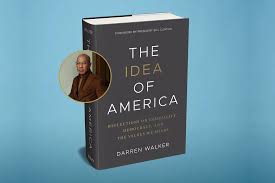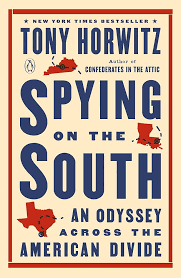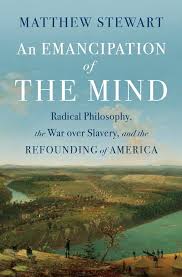I have not read a more incisive overview of inequality in all of its forms than in Darren Walker’s THE IDEA OF AMERICA.

The book is a series of speeches and essays written and delivered by Walker during his tenure as president of the Ford Foundation. It is the embodiment of his work in transforming the foundation’s mission from grant making to addressing the issues of inequality and social justice in America.
In many ways THE IDEA OF AMERICA is a history lesson based upon the premise that the founding father’s, however flawed, enshrined a fluid document of promise and hope for democracy’s future. That even, “All men are created equal,” allowed for a promise for a better future, even though codified by all white men over half of which were slaveholders and all women were excluded. Of the founders Walker adds, “They initiated a grand, complicated experiment in self-government. It led to abolition and suffrage and worker’s rights and women’s rights-however slowly, however unevenly.”
The book is not an optimistic treatise. Many thoughts are foreboding. Walker sees an America diminished by division in a climate worsening daily. ” As certain democratic norms fall away it becomes harder to motivate oneself to act. We get exhausted by, even acclimated to, the daily onslaught.”
Walker is cautious about America’s future. ” In the not-too-distant past the American people would turn to their elected leader’s the president- for guidance and moral clarity. Today, in a vacuum of such moral leadership, fear temps many Americans to hunker down , protect themselves and their interests and withdraw for the purposes of safety and self-preservation .”
Walter Isaacson casts an optimistic note in his praise for THE IDEA OF AMERICA. “Darren Walker summons us, on the 250th anniversary of our founding, to remember our higher calling.”
I commend to you this very important read on the 250th anniversary of our nation’s founding.
“`










